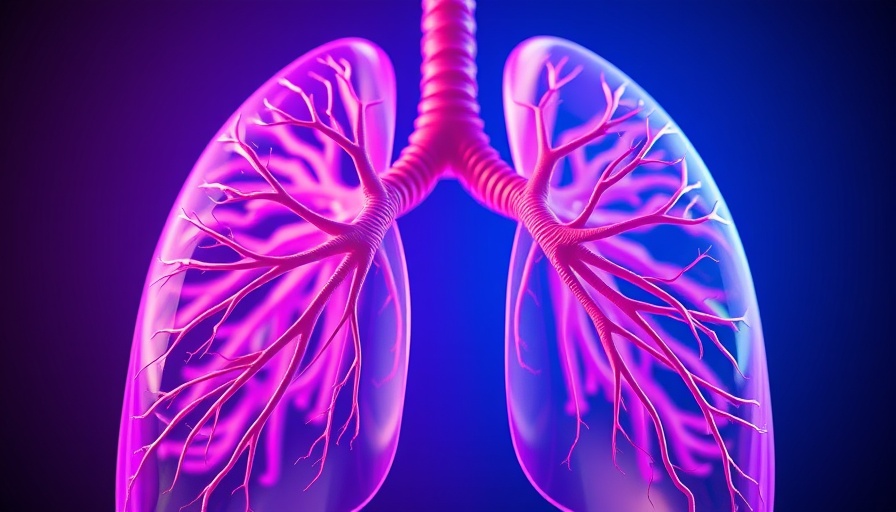
Revolutionizing Lung Transplants: The Portable Organ Care System
In a groundbreaking advancement for lung transplantation, doctors at Baylor College of Medicine have confirmed the safety and effectiveness of the portable Organ Care System (OCS), often referred to as "breathing lung" technology. This innovation not only extends the donor pool but significantly enhances the long-term survival rates of transplant patients, providing new hope to those awaiting lung transplants. The findings highlight the potential of utilizing lungs from extended criteria donors, who typically represent a population excluded from standard transplant lists.
The Need for Extended Criteria Donors
Historically, lungs from older donors, those with lower oxygenation levels, and organs from donations after circulatory death have been classified as extended criteria. Such lungs are often declined 33 times more frequently than those from standard donors due to concerns over their viability post-transplant. The introduction of the OCS system represents a pivotal shift in this narrative, validating that these so-called marginal donor lungs can be harnessed without compromising transplant outcomes.
How the OCS Works: Keeping Lungs Alive
The OCS Lung is a portable perfusion system, designed to maintain lung function outside the body until successful transplantation. Unlike traditional cold preservation methods, which restrict organ viability within 6-8 hours after donation, the OCS continuously pumps blood and oxygen through the lungs during transport. This unique approach not only preserves organ function but can extend travel times, mitigating logistical challenges that often hinder lung transplants.
Long-Term Survival Rates: A Positive Outlook
The efficacy of the OCS is underscored by a recent five-year follow-up study published in The Lancet, which analyzed data from the international EXPAND Lung Trial—an unparalleled clinical registry evaluating donor lungs at increased risk. Results showed a 68% five-year survival rate among recipients, with 60% avoiding severe chronic lung rejection. These figures align favorably with the national average for standard lung transplants in the United States, providing solid evidence for the OCS's role in enhancing patient care.
Broader Implications for Healthcare Practitioners
For concierge health practitioners, these developments underscore a significant trend in organ transplantation technology that may directly impact patient management protocols. As innovations continue to emerge, the ability to utilize a broader range of donor lungs could evolve referral patterns and enhance patient outcomes. With this technology, patients who once would have remained on transplant waiting lists may find new avenues for successful surgeries.
The Future of Lung Transplantation
As healthcare technology continues to advance, the importance of staying informed about such developments cannot be overstated. The OCS not only brings hope to patients but encourages healthcare providers to rethink traditional practices and embrace new possibilities in organ transplantation. With ongoing research and technology improvements, the potential for improved patient outcomes through innovative solutions is within reach.
Conclusion: Moving Forward with Hope
As the field of organ transplantation evolves, practitioners must stay abreast of technological advancements that could enhance patient care. The use of the OCS with extended criteria donor lungs signifies a transformative step in this journey, aligning with the broader goal of improving transplant success rates and patient quality of life. With each innovation, the horizon widens for those in need of lung transplants, making this an exciting time for the medical community.
Stay connected and informed about the latest in transplant technology and how it can impact your practice and your patients. There's always something new on the horizon in medical technology, and being proactive can lead to better outcomes.
 Add Row
Add Row  Add
Add 




Write A Comment